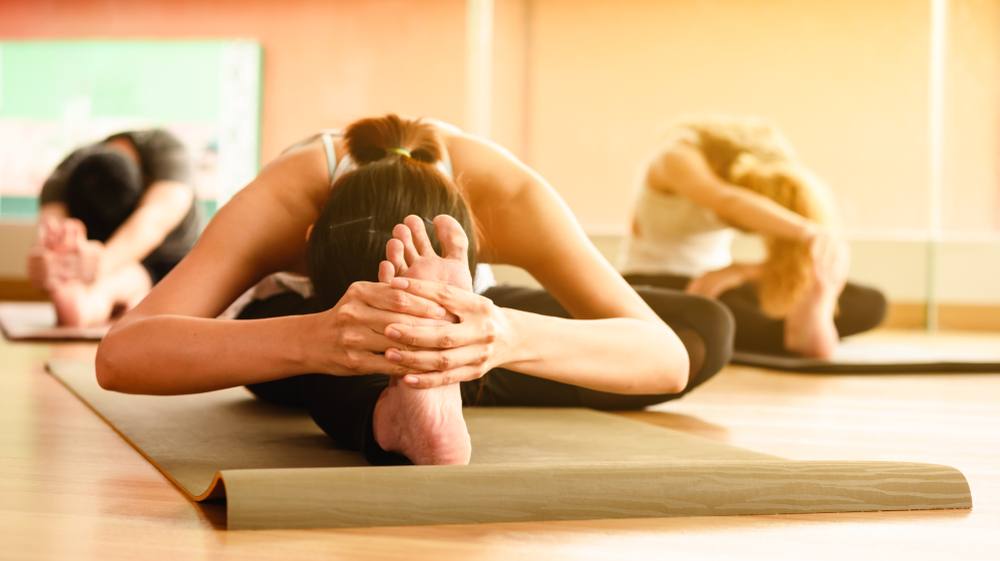Can Plantar Fasciitis Cause Ankle Pain?
Home » Blog » Can Plantar Fasciitis Cause Ankle Pain?
Many people are familiar with the sharp, persistent pain in the heel known as plantar fasciitis, a condition that affects millions worldwide. This foot ailment not only impacts the ability to perform daily tasks but can also extend its discomfort beyond the heel, raising questions about its effects on other parts of the body, specifically the ankle. Understanding whether plantar fasciitis can lead to ankle pain is crucial for those seeking to manage their symptoms effectively and regain their mobility and quality of life.
What is Plantar Fasciitis?
Plantar fasciitis is the inflammation of the plantar fascia, a thick band of tissue that stretches from the heel to the toes on the bottom of the foot. This inflammation often results from overuse, inadequate footwear, or excessive weight bearing, leading to a sharp, debilitating pain in the heel. This pain is typically most intense with the first steps after waking up or after prolonged periods of rest.
Symptoms of this condition extend beyond just heel pain. They may include a deep ache that worsens after activity and stiffness in the foot. This discomfort can significantly impair mobility and affect the overall quality of life.
How Can Plantar Fasciitis Lead to Ankle Pain?
The link between plantar fasciitis and ankle pain lies in the interconnectedness of the body’s biomechanics. The feet serve as the foundation for the body’s balance and alignment. When foot pain, such as that caused by plantar fasciitis, alters the way we walk or stand, it can lead to compensatory changes in our gait. These changes can strain the ankle, leading to pain and discomfort in the area.
Furthermore, the altered gait can cause uneven weight distribution across the foot, placing additional stress on the ankle. This stress can exacerbate existing conditions or contribute to new ankle issues, creating a cycle of pain that affects both the foot and ankle.
Diagnosing the Link Between Plantar Fasciitis and Ankle Pain
Identifying the connection between plantar fasciitis and ankle pain involves a comprehensive evaluation by healthcare professionals. This evaluation may include a physical examination, a review of the patient’s medical history, and possibly imaging tests. These steps help determine the extent of the plantar fasciitis and its impact on the ankle. Consulting with specialists such as podiatrists or orthopedic surgeons is essential for an accurate diagnosis and an effective treatment plan.
Treatment Options for Plantar Fasciitis and Associated Ankle Pain
Treatment strategies for managing plantar fasciitis and its effects on the ankle can be treated non-invasively through the following:
- Stretching Exercises: Stretching the arches of your feet regularly can offer both immediate pain relief and longer-term benefits.
- Foot Massage: Using a massage ball or roller on your feet can help decrease pressure and alleviate pain.
- Rest: Giving your feet and ankles sufficient rest, especially if your occupation requires long periods of standing or walking, is crucial for healing.
- Proper Footwear: Shoes with ample cushioning and support can prevent further stress on your plantar fascia and ankles.
- Posture Correction: Paying attention to standing straight and distributing weight evenly on both feet can help reduce stress on your ankles.
- Adjusting Physical Activity: Modifying your exercise routine to include low-intensity workouts can help in managing and reducing symptoms.
- SoftWave Therapy: A non-invasive treatment that uses unfocused shockwave technology to promote healing and reduce inflammation in the plantar fascia. This therapy aids in tissue regeneration, offering significant relief from pain without the need for surgical intervention or medication.
Learn more about other non-surgical treatments for plantar fasciitis
Preventing Plantar Fasciitis and Ankle Pain
Preventing plantar fasciitis from leading to ankle pain involves several proactive measures:
- Regular Stretching and Strengthening: Incorporate exercises that focus on the calf muscles and the arch of the foot to maintain flexibility and strength.
- Supportive Footwear: Choose shoes with adequate arch support and cushioning to protect the feet and ankles.
- Weight Management: Keeping a healthy weight reduces the strain on both the feet and ankles.
- Posture and Ergonomics: Pay attention to posture and make ergonomic adjustments in daily activities and work settings to prevent unnecessary strain on the body.
The Best Shockwave Therapy for Plantar Fasciitis
Are you looking for safe, reliable, and effective relief from plantar fasciitis?
SoftWave therapy is FDA-cleared, patented, and nationally recognized for its leading tissue regeneration technology. Unlike other types of high-energy shockwave treatments, SoftWave is the only shockwave therapy on the market that uses true unfocused shock waves that treat larger and deeper areas of tissue.
Thousands of patients have experienced the benefits of SoftWave for plantar fasciitis, including:
- Little to no side effects
- Short treatment time
- Quick recovery
- Long-lasting results
Find a SoftWave Therapy provider near you or learn more about SoftWave and whether or not you’re eligible for full treatment today!
New Patient Special
Try SoftWave for just $69 at a clinic near you and learn if you’re a candidate for full treatment






